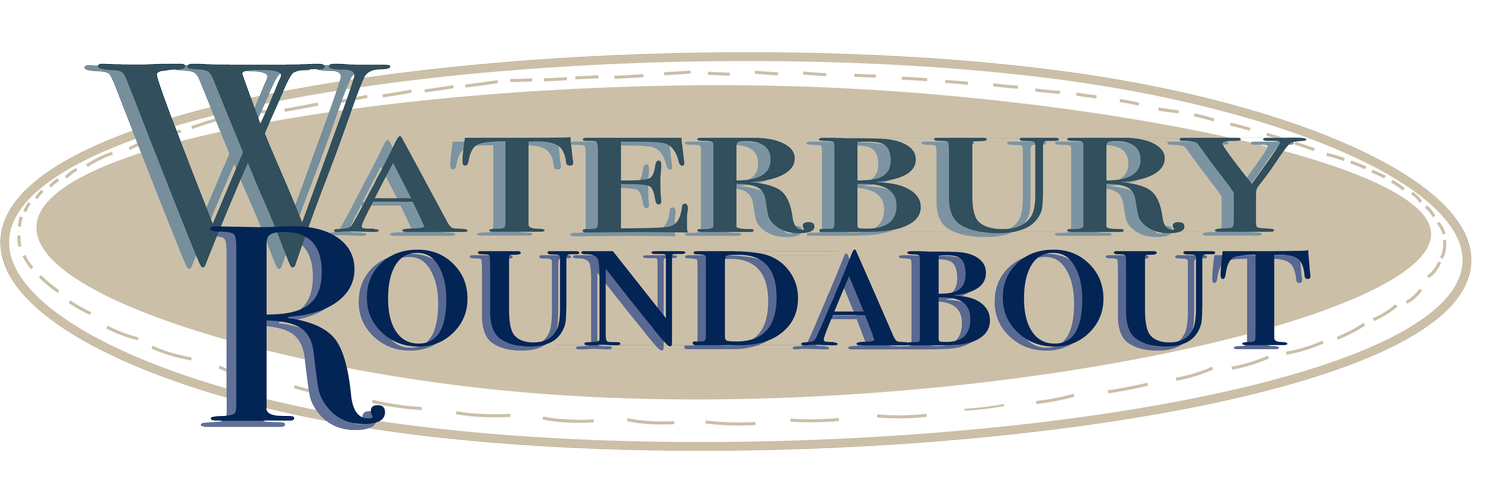Vermonters urged to help prevent the spread of avian flu
Jan. 3, 2022 | By Waterbury RoundaboutWild geese and ducks in Duxbury earlier this year. File photo by Gordon Miller
MONTPELIER – The Vermont Fish and Wildlife Department is asking the public to take precautions around wild birds, as the highly pathogenic avian flu circulates in the state.
The virus has been found in wild birds and it can be devastating to backyard and commercial flocks. So far, backyard flocks of domestic birds in Caledonia and Lamoille Counties have had to be destroyed after exposure to avian flu or avian influenza, referred to in short as “HPAI.”
As of Dec. 27, State Wildlife Program Manager David Sausville said avian flu has been detected in 72 wild birds since March including bald eagles, red tailed hawks, Canada geese, wood ducks, mallards, black ducks, and turkey vultures. Cases have been detected most months and in every region of the state.
“Many exposures come from migrating birds, so we expect case numbers to drop as winter temperatures set in,” Sausville said. “However, Vermonters still need to be mindful that this disease is present in our birds.”
In the Caledonia and Lamoille cases, no wild birds were tested, but state officials say they believe wild birds are the likeliest source of infection.
Avian flu poses a low risk to human health. However, the virus causes severe illness and high mortality in poultry. Transmission from wild birds is a primary cause of infection in domestic flocks, and human exposure can contribute to spread of the virus, according to wildlife experts.
“Avoiding contact with any birds that seem sick, and not handling wild birds in general, are the most important steps the public can take to prevent the spread of HPAI,” Sausville said.
See something, say something
Vermonters also are asked to be on the lookout for and to report sightings of multiple dead birds in the same area to wildlife officials. Here is what to look for:
Any hawks or owls found sick or dead (except along the side of the roadways as vehicle strikes are the most probable cause of death in such instances)
Any loons or eagles found sick or dead
Three or more wild turkeys found sick or dead
Any waterfowl such as ducks, geese or swans found sick or dead in the same area within 1-2 days
Crows, jays, or ravens as well as songbirds where five or more birds are found sick or dead in the same location.
In the case of terns, more than two found sick or dead is considered noteworthy.
Reports can be made by email to fwinformation@vermont.gov or by phone to 802-828-1000.
People can find information to help distinguish between natural expected bird mortality versus something that may be more serious by visiting the Fish and Wildlife Department’s HPAI web page.
Sick birds should not be taken into homes or rehabilitation facilities. In fact, rehab centers at this time are asked to not take new birds to avoid putting all captive birds at risk for disease. Additional details regarding using isolation facilities for wild birds needing rehabilitation and domestic birds being added to a farm setting are online on the department’s HPAI bulletin.
Meanwhile, Fish & Wildlife experts recommend caution when using bird feeders now through April. Backyard feeders should be washed frequently according to these recommendations and placed far away from areas that might bring wild birds into contact with domestic fowl. In addition to avian flu, there are other common diseases present where birds feed including salmonellosis, mycoplasma and trichomoniasis. The state’s Wild Futures Program Disease Fact Sheets have more details.
Guidance for minimizing the spread of HPAI from wild birds will be updated in the Fish & Wildlife Department’s online HPAI bulletin. State officials say that to conserve laboratory resources, only new species will be tested in locations where HPAI has not been detected.
Some links from the U.S. Department of Agriculture

